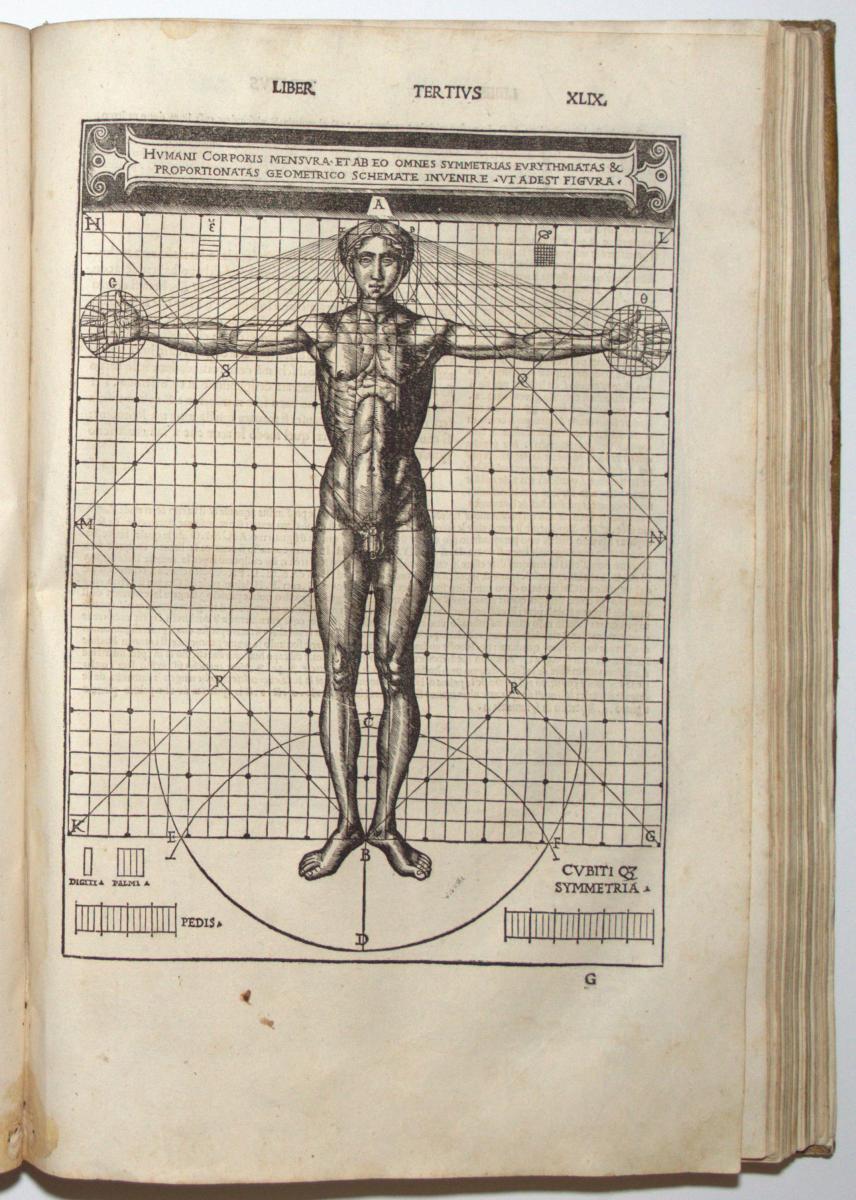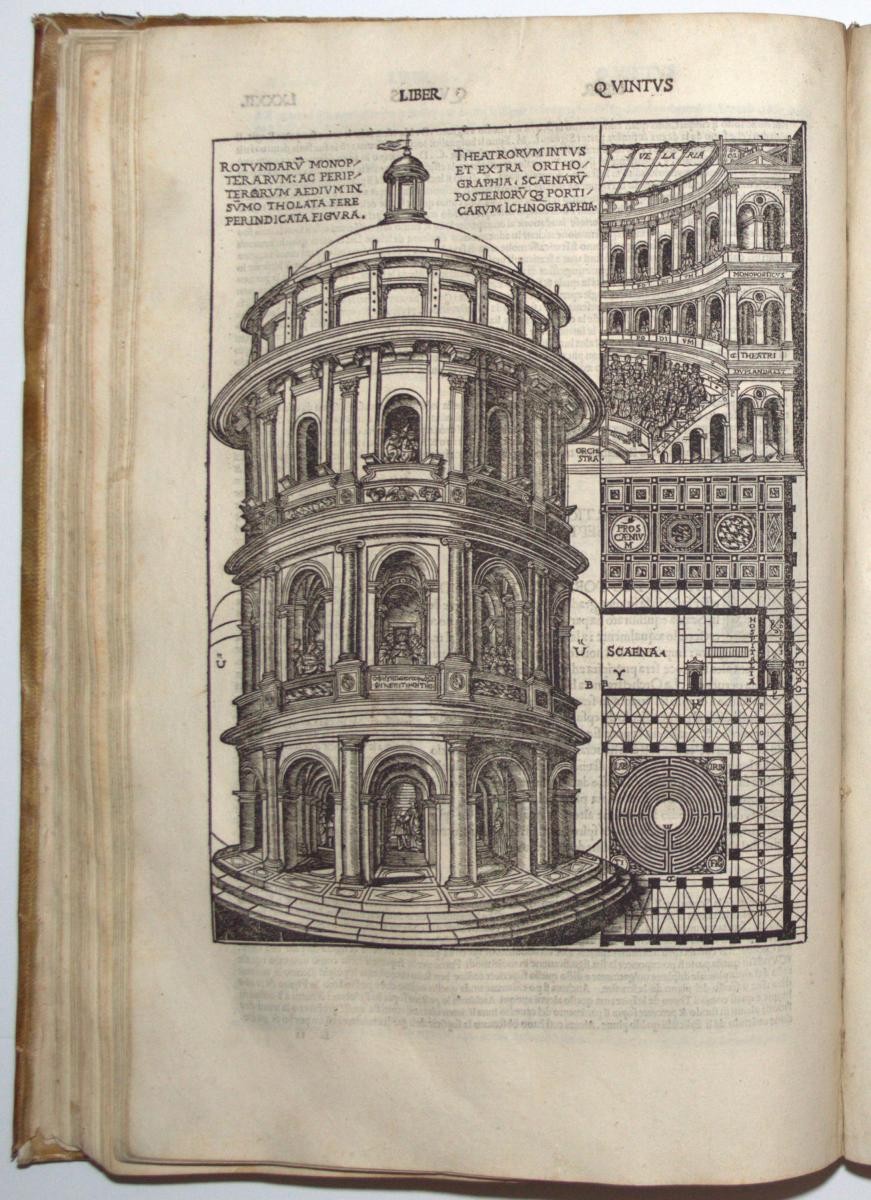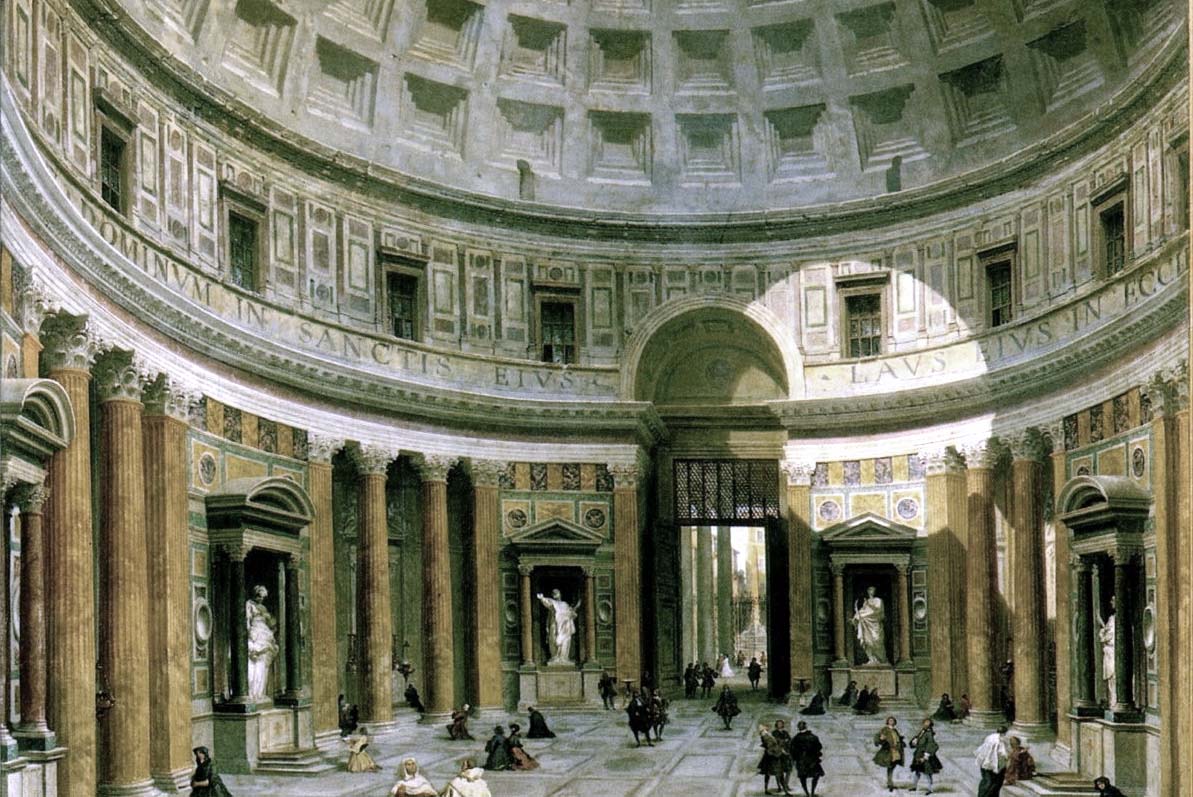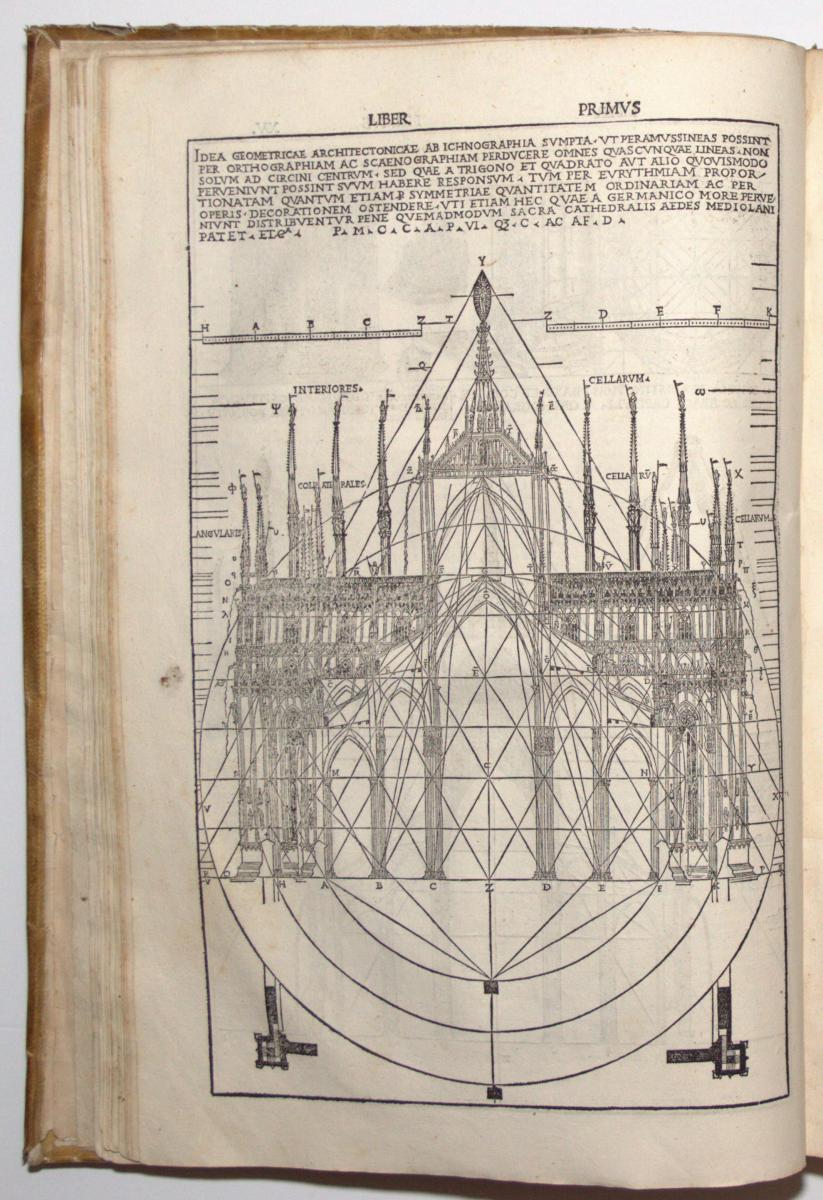
Vitruvius' De Architectura A Comprehensive Guide to Roman Architecture and Engineering
Architectural principles are elucidated at specific junctures, and Vitruvius' own view of what the profession should be comes across throughout the text. The value of the De architectura libri decem and its subsequent translations cannot be overemphasized.

Image Canon of proportions from Vitruvius's De architectura (Ten Books... Download Scientific
Introduction. Vitruvius is the author of De architectura (c. 20s BCE), the only text devoted to architecture that survives from classical antiquity.On the basis of internal evidence, scholars date Vitruvius's De architectura to c. 27-22 BCE.Across ten books of Latin prose dedicated to the emperor Augustus, Vitruvius lays out an ambitious and idiosyncratic vision of architecture.
.jpg?maxwidth=3030&maxheight=1950)
VITRUVIUS POLLIO, Marcus (1st century BCE). De architectura libri dece. Translated by Cesare
ARCHITECTURAL THEORY AND PRACTICE: VITRUVIAN PRINCIPLES AND "FULL-SCALE DETAIL" ARCHITECTURAL DRAWINGS Ingrid Edlund-Berry, University of Texas at Austin L ucy Shoe Meritt shared a passion for the study of ancient architecture with ichitect Vitruvius. To honor her long and inspiring career a panel on

Vitruvius "De architectura..." perspective diagram Principles of design, Design theory
The asymptotic relation between the three Vitruvian prerequisites of design (firmness, utility, and delight) and the six principles of design (order, arrangement, eurythmy, symmetry, propriety.

A Modern Analysis of Vitruvian Influence on Ancient Roman Temples Engineering Rome
In addition, Vitruvius' main contributions to the history of architectural theory include (1) his canonical account of the classical orders (Books III and IV), and (2) identification of three principles of architecture, firmitas, utilitas , venustas, conventionally translated as structural integrity, utility, and beauty; or ( per Wotton 1624) fi.

The Vitruvius triangle, based on typical architectural design requirements. Download
He states that all buildings should have three attributes: firmitas, utilitas, and venustas ("strength", "utility", and "beauty"), [3] principles reflected in much Ancient Roman architecture. His discussion of perfect proportion in architecture and the human body led to the famous Renaissance drawing of the Vitruvian Man by Leonardo da Vinci .

First vernacular edition of 'De Architectura' by Vitruvius BADA
It has been generally assumed that a complete theory of architecture is always concerned essentially in some way or another with these three interrelated terms, which, in Vitruvius' s Latin text, are given as firmitas, utilitas, and venustas (i.e., structural stability, appropriate spatial accommodation, and attractive appearance).

Vitruvius On Architecture The Art of Enclosing Space The Culture Concept Circle
In De Architectura, Vitruvius highlights six principles of Architecture: Order, Arrangement, Eurythmy, Symmetry, Propriety, and Economy. According to Vitruvius, Order refers to use of.

VITRUVIUS A Reading & Discussion on the Education of the Architect and the Fundamental
Through his work, Vitruvius identified three principles of architecture known as the Vitruvian Triad: firmitas - firmness, utilitas - utility and venustas - beauty. These three underlying bases "remain the essential components of all successful structural designs" (lib.uchicago, 2011), shaping the foundations of good architecture today.

Vitruvius Britannicus Architectural Prints from 1715 by Colen Campbell Esq Architectural
De Architectura is divided into 10 books: Book I - on an architect's ideal education, the principles and divisions of architecture, fortifications, principles of good town planning, and where best to build a temple.

First vernacular edition of 'De Architectura' by Vitruvius BADA
The only architectural treatise to survive from classical antiquity, De Architectura (On Architecture), was written around 25 BCE by the Roman architect and military engineer Marcus Vitruvius Pollio (c. 90-c. 20 BCE).Vitruvius borrowed terminology and concepts from earlier Greek and Hellenistic architectural treatises, such as Hermogenes of Priene's writings on the principles of.

Theory in Architecture Vitruvian module RTF Rethinking The Future
THE FUNDAMENTAL PRINCIPLES OF ARCHITECTURE. 1. Architecture depends on Order (in Greek τἁξις), Arrangement (in Greek διἁθεσις), Eurythmy, Symmetry, Propriety, and Economy (in Greek οἱκονομἱα).. and that he left sources from which those who came after him could derive instructive principles. vitruvius' rules for the.

Vitruvius, On Architecture
De Architectura Ancient Roman architect Marcus Vitruvius Pollio wrote the first architecture textbook called On Architecture ( De Architectura ). Nobody knows when it was written, but it reflects the dawn of human civilization — in the first century B.C. into the first decade A.D.

First vernacular edition of 'De Architectura' by Vitruvius BADA
Vitruvius was a military engineer and an architect of the 1st century BC. He was one of the first architectural theorists to have written and established a foundation for classical architecture in "De Architectura" or "Ten Books on Architecture" around 15 century BC.

Everything you need to know about Vitruvian triad
In all matters, but particularly in architecture, there are these two points:—the thing signified, and that which gives it its significance. That which is signified is the subject of which we may be speaking; and that which gives significance is a demonstration on scientific principles.

The 6 Fundamentals of Architecture Vitruvius (2/2) YouTube
classicism architecture Vitruvius, (flourished 1st century bc ), Roman architect, engineer, and author of the celebrated treatise De architectura ( On Architecture ), a handbook for Roman architects. Little is known of Vitruvius' life, except what can be gathered from his writings, which are somewhat obscure on the subject.